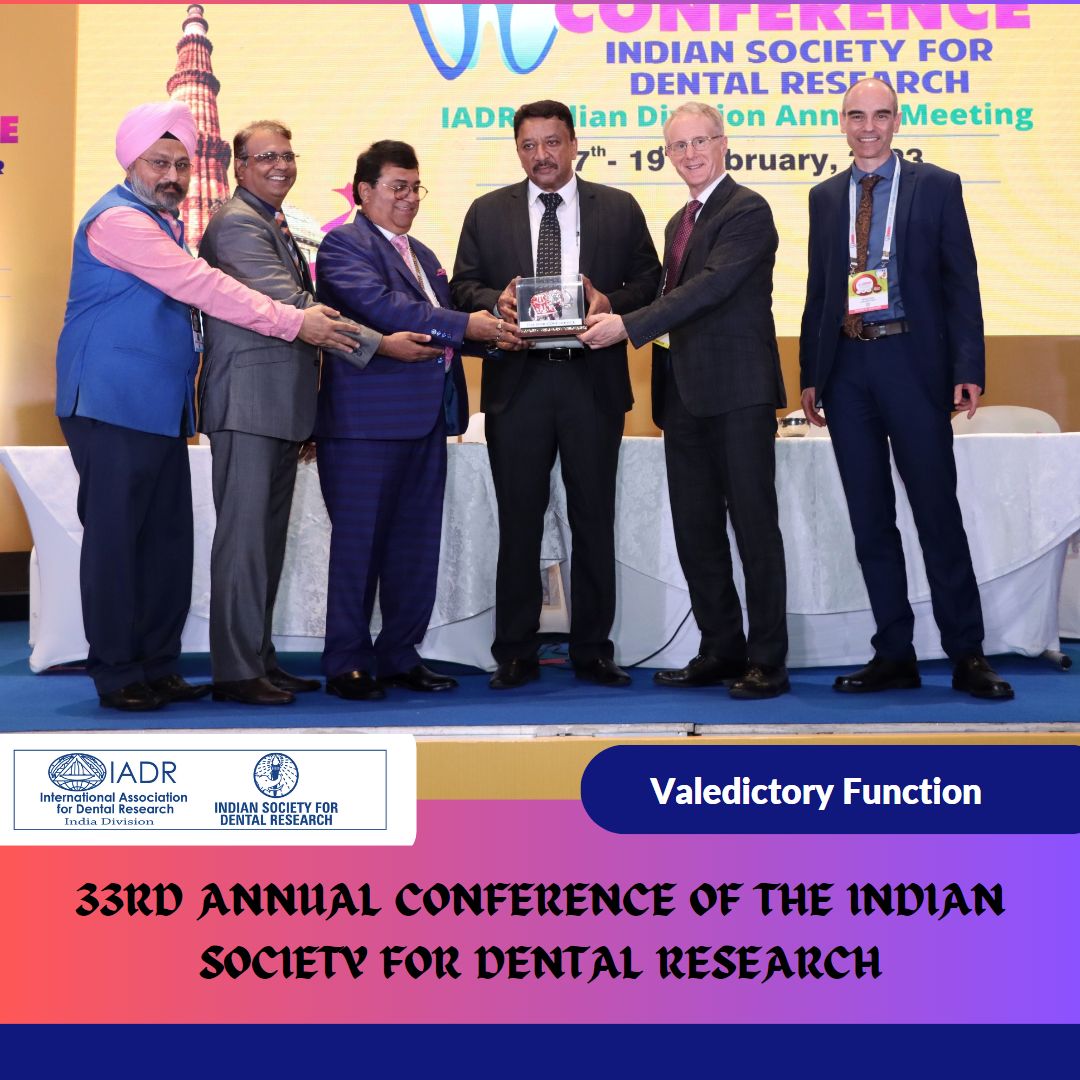
Upper and Lower Jaw Advancement with Special Surgery for Sleep Apnea and Snoring
Mechanism and Causes for Obstructive Sleep Apnea
Obstructive sleep apnea is the condition where breathing is interrupted during sleep. This is caused by insufficient space for the tongue in a retruded lower jaw. The tongue falls back into the throat during sleep and obstructs the airway. This results in a pause in breathing followed by a brief awakening with a popping sound.
The resultant hypoxemia causes frequent arousals throughout the night. These episodes of periodic wakefulness stimulate the sympathetic nervous system. This results in vasoconstriction and reduced peripheral blood flow. There is an associated increase in heart rate and blood pressure due to this.
This is an extremely disruptive condition that leads to snoring and interrupted sleep. The person feels sleep deprived even after a full eight hours of sleep. It is usually the person’s sleeping partner who first notices this condition. There is also excessive daytime somnolence due to the poor quality of sleep caused by sleep apnea.
Restless legs syndrome can also be a result of obstructive sleep apnea. Wearing oral appliances during sleep can help with obstructive sleep apnea. This helps maintain constant positive airway pressure. Risk factors for complications are minimal through these appliances can be cumbersome.
Sleep labs conduct studies to diagnose sleep disorders. There is often blockage of the upper airway in sleep disorders. Management of obstructive sleep apnea can both be done through medical and surgical means. Both are equally effective at correcting sleep-disordered breathing. These disorders can also cause loud snoring.
Prolonged sleep disorders can lead to high blood pressure and heart disease. This increases your risk for life-threatening events. Oxygen level drops drastically in obstructive sleep apnea. Tongue and soft palate fall back obstructing the throat and breathing. The patient needs to stay overnight during a sleep study.
Need to Undergo Sleep Study for Confirmation of Obstructive Sleep Apnea
A sleep study, which is known as polysomnography in medical parlance, is a test to diagnose sleep apnea. This is conducted in a sleep lab. The patient is hooked up to several monitors during sleep. These record the brain waves, level of blood oxygen, eye movements, heart rate, breathing and movement of extremities.
Patient Referred to our Hospital Following Sleep Study
The patient is a 21-year-old male from Secunderabad in Telangana, India. He stated that he has been plagued with disturbed sleep since he can remember. There were frequent episodes of interrupted sleep throughout the night. These episodes were accompanied by an audible popping sound.
He was also a heavy snorer. There was excessive daytime somnolence despite a full night’s sleep. He also complained of always feeling tired.
His parents had consulted a doctor in their hometown who had referred them for a sleep study. The results of the study came back indicative of obstructive sleep apnea. They were referred to our hospital for management since they requested the best surgical care.
Specialty Center for Jaw Correction Surgery
We have been performing jaw correction surgery for over 30 years now. Mandibular advancement with a bilateral sagittal split osteotomy (BSSO) is a specialty surgery performed at our center. Patients regularly undergo BSSO for asymmetry correction of the mandible. We use advanced digital facial biometric studies to ensure the best cosmetic and functional results.
Initial Consultation at our Hospital for Management of Sleep Apnea
Dr. SM Balaji, a Sleep Apnea specialist, examined the patient and ordered imaging studies. He analyzed the results of the sleep study in detail. The patient had a retruded mandible.
A treatment plan was formulated and presented to the patient and his parents. They were in full agreement with the treatment plan and consented to surgery.
Genial Tubercle Advancement and BSSO Advancement of Lower Jaw
Genial tubercles are bony protuberances that are situated on the lingual side of the anterior mandible. They are located bilaterally in the region of the lingual foramen. Two muscles are attached to the genial tubercle. These muscles play a very important role in the mechanism of sleep apnea.
They are the geniohyoid and genioglossus with the former pulling the hyoid bone forwards and upward. The genioglossus helps protrude the tongue and pull it to the opposite side.
In a retruded mandible, the pull from these muscles is not sufficient to keep the tongue from falling backward during sleep. Surgical forward positioning of the genial tubercle will help address this issue. The tongue also does not have sufficient space in a retruded mandible.
Successful Completion of BSSO and Genial Tubercle Advancement
The genial tubercle was advanced and stabilized anteriorly using plates and screws. This was followed by BSSO with the advancement of the mandible by 12 mm. The inferior alveolar nerve was mobilized with the proximal segment. Care was taken to ensure that there was no injury to the nerve throughout the surgery.
A Le Fort I maxillary osteotomy was next performed to ensure correction occlusion with the mandible. Occlusion was checked before stabilization with plates and screws. This also resulted in a dramatic improvement of the patient’s facial esthetics.
Resolution of Sleep Apnea with Normal Postsurgical Sleep Study
The patient subsequently underwent a sleep study in his hometown. All parameters were normal in this sleep study.
His obstructive sleep apnea symptoms had completely resolved. He had also stopped snoring during sleep. Oxygen saturation levels were normal.
His parents reported that he slept fitfully throughout the night. The patient also reported that he felt refreshed upon waking up. Daytime somnolence had also completely resolved.
Complete Patient Satisfaction with Treatment at our Hospital
The patient and his parents were delighted with the results of the surgery. His parents stated that he seemed like a new person with a lot of energy and focus. He too stated that there was a greatly improved overall quality of life.
They expressed their gratitude to the hospital staff for the care and attention rendered during their hospital stay.








